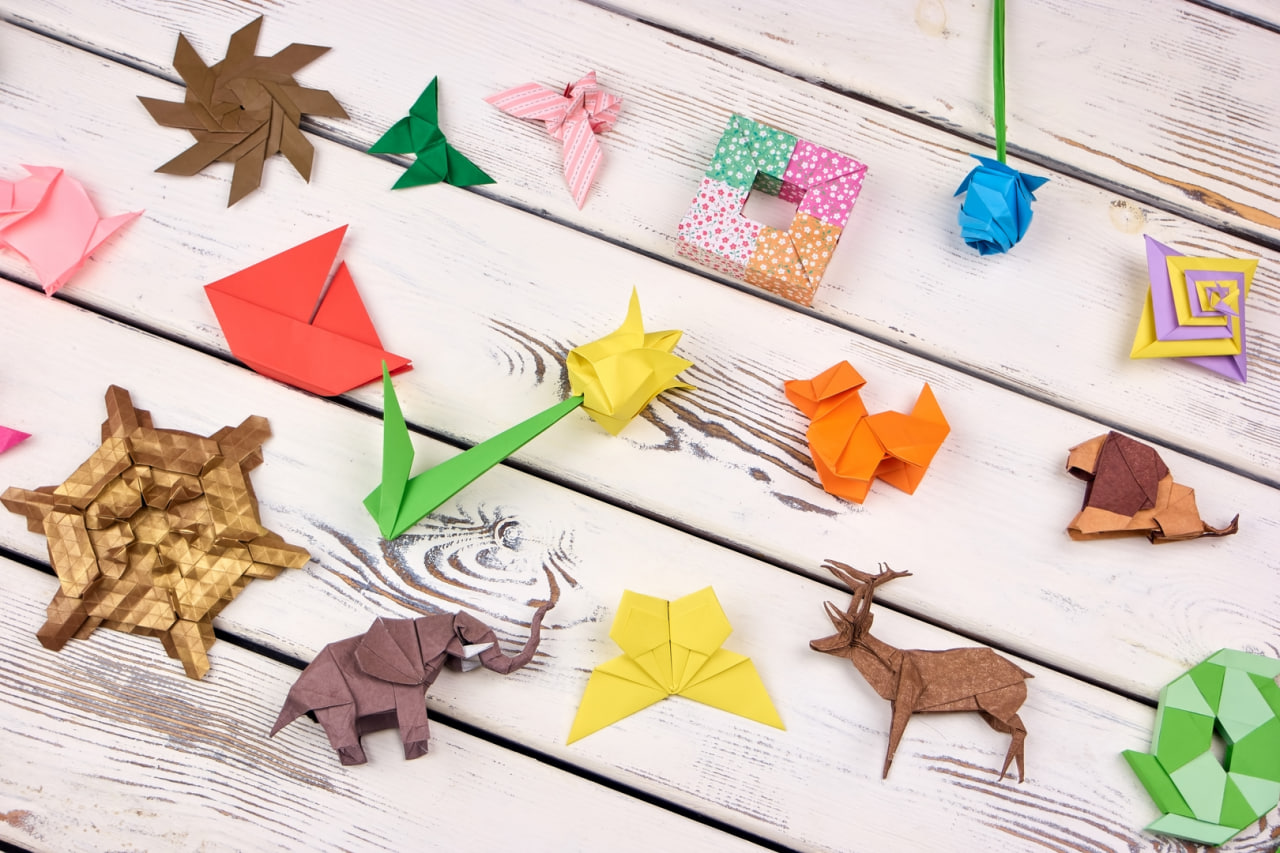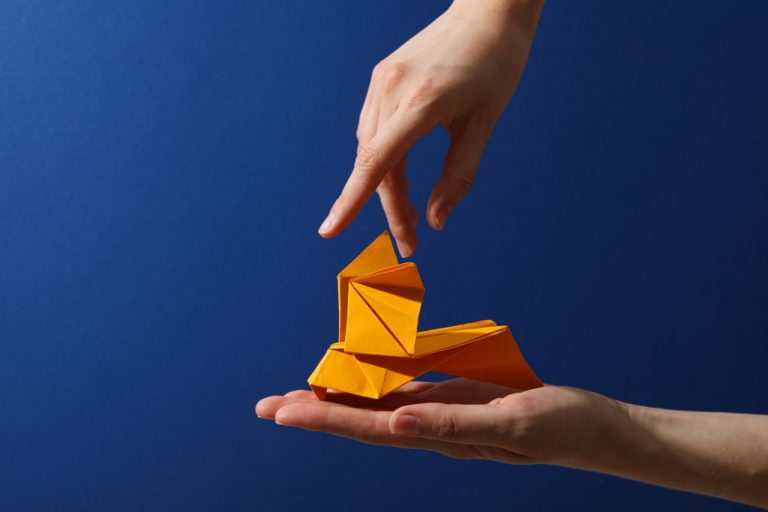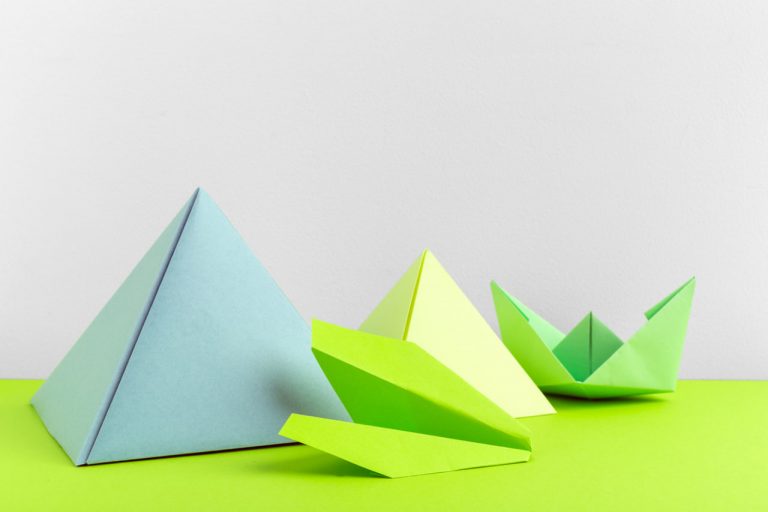Therapeutic Folds: The Mental Health Benefits of Origami
Origami as a Mindful Practice
Origami, the traditional Japanese art of paper folding, has long been appreciated for its elegance and creativity. In recent years, however, it has gained recognition not just as an art form, but as a therapeutic tool. The practice of folding paper into precise shapes offers more than aesthetic satisfaction—it provides psychological relief, emotional stability, and even cognitive stimulation. As people search for accessible and calming mental health strategies, origami stands out as a simple yet powerful activity that nurtures both mind and spirit.
The Meditative Rhythm of Folding
The repetitive and focused nature of origami folding mirrors many principles found in mindfulness and meditation. Each fold requires presence, patience, and deliberate action. These qualities naturally shift the mind away from stressful thoughts and toward the present moment. As one follows step-by-step instructions or creates intuitive folds, the brain enters a state of flow—where concentration is high and mental noise is low.
This meditative rhythm is especially helpful for those experiencing anxiety, burnout, or restlessness. The process becomes a sanctuary where external pressures fade, allowing the nervous system to reset. Many mental health practitioners incorporate origami into mindfulness programs to help clients slow down, regulate emotions, and center themselves.
Stress Reduction Through Simplicity
Stress often stems from the chaos of multitasking, overstimulation, and a sense of lacking control. Origami offers a structured, calming contrast. With only a single piece of paper and a clear sequence of actions, it brings order and predictability. The tactile experience of folding—the gentle pressure of fingers, the subtle sound of a crease—engages the senses in a quiet, non-digital way.
This simplicity can be especially grounding for people overwhelmed by complex demands or digital fatigue. Completing a model, even a basic one, brings a sense of closure and accomplishment, reinforcing self-efficacy and restoring a feeling of calm.
Enhancing Focus and Patience
Origami demands attention to detail and the ability to follow a process through to completion. These mental skills—focus, patience, and sequencing—are often weakened by constant distractions in modern life. Practicing origami regularly helps retrain the brain to stay attentive for longer periods, persevere through trial and error, and tolerate frustration without giving up.
Children and adults with attention difficulties or executive function challenges can benefit from this gentle cognitive training. Unlike traditional methods that feel academic or rigid, origami offers a playful and rewarding way to improve mental discipline.
Emotional Regulation and Self-Expression
The act of folding can also serve as a container for emotion. People dealing with sadness, grief, or frustration often find it difficult to express those feelings verbally. Origami provides an alternative outlet. The choice of paper, the design of the model, and even the style of the folds can mirror internal states—allowing for nonverbal emotional release and creative exploration.
Folding a crane, for instance, may symbolize hope or healing. Creating a heart might represent self-love or remembrance. This symbolic expression is particularly powerful in therapeutic settings where words are hard to find but emotions need acknowledgment.
A Tool for Trauma Recovery
Origami has shown promise in trauma recovery and PTSD treatment. Because it involves both physical movement and cognitive engagement without overwhelming emotional content, it helps trauma survivors stay grounded. The bilateral movement of folding—using both hands in coordination—can be calming and reintegrating for the brain, similar to how techniques like EMDR (Eye Movement Desensitization and Reprocessing) work.
Folding paper also allows trauma survivors to feel in control of a process. They decide how to approach the model, how to adjust folds, and when to stop. In situations where trauma involved helplessness or chaos, this sense of mastery and autonomy can be profoundly healing.
Community and Connection
Although origami is often practiced individually, it can also foster community. Group folding sessions—whether in schools, therapy groups, or informal gatherings—create opportunities for social interaction, collaboration, and shared focus. Working together to create modular models or teach each other new designs builds trust and connection.
For individuals experiencing loneliness, depression, or isolation, this aspect of social bonding is essential. Origami can serve as an icebreaker, a team-building exercise, or simply a quiet way to be with others without the pressure of conversation.
Accessibility and Inclusivity
One of origami’s greatest strengths is its accessibility. It does not require expensive materials, prior experience, or high physical mobility. All that is needed is a square piece of paper and willingness to try. This makes it an ideal therapeutic tool for people of all ages and backgrounds, including those with limited resources or physical constraints.
Its nonverbal nature also transcends language and cultural barriers, making it a universal activity that promotes inclusion and mutual respect. In cross-cultural therapy or educational settings, origami can be a unifying practice that honors diversity while building shared experience.
Integrating Origami into Daily Well-being
Incorporating origami into daily life as a form of mental self-care is simple and effective. Setting aside even ten minutes a day for folding can provide mental clarity and relaxation. Keeping origami paper on hand during breaks or transitions offers a healthy, screen-free alternative to scrolling or worrying.
Teachers, counselors, and caregivers can also integrate origami into classrooms or sessions as a calming ritual or creative reward. Its versatility makes it useful across a wide range of environments, from offices to hospitals to homes.




